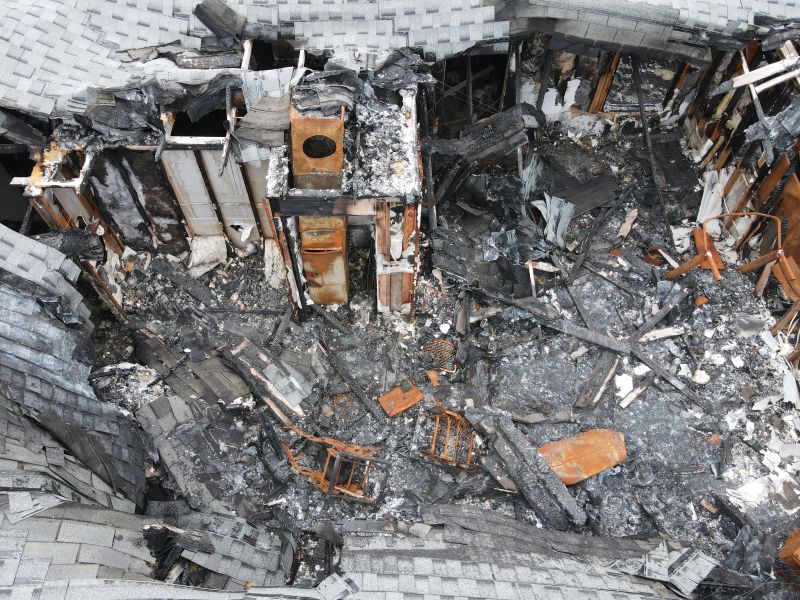
Choosing the Right Remodeler: Tips for Finding a Reputable Company
When disasters for example fires and flooding hit our residences or businesses, it’s vital to take action quickly and efficiently in order to avoid further more damage. But have you ever discontinued to wonder what the scientific research behind repair is? How do building contractors know which merchandise, instruments, and methods to work with to regenerate your premises to pre-reduction conditions? In this article, we will investigate the science behind water and blaze repair and help you gain a better comprehension of this process.
The scientific research behind water damage restoration consists of knowing the habits of water and exactly how it interacts with assorted resources. For instance, drywall or plaster soaks up water with a much quicker price than hardwood flooring or tiles. Renovation experts use specialized equipment to remove water from a variety of surfaces and resources, such as dehumidifiers and air movers. They prefer dampness meters to quantify the volume of moisture content found in various constructions and supplies, which will help them establish the best plan of action.
Water & Fire Restoration requires a different pair of challenges than water damage. Combustion produces light up and soot, which could penetrate serious into porous types of surface and supplies, including drywall, covers, and carpets and rugs. Repair professionals use specialised washing agencies and devices, which include great-performance atmosphere scrubbers, to take out light up odors and debris in the air. In addition they use specific tactics, which includes energy fogging, to neutralize odors and seal areas.
A single vital aspect of water and fire recovery is making sure the house is dried up and clear of humidity. When not dealt with, dampness can cause fungus toxic contamination as well as other prospective health risks. Repair professionals may use hygrometers to evaluate general moisture ranges and thermohygrometers to monitor the temperature and dampness of the affected regions. In addition they use dampness m to identify invisible dampness behind surfaces and also in other hard to get at locations to make sure comprehensive drying.
Another crucial part of repair is making certain the house is safe and without any risks. For example, water-broken places may be electrically billed, and blaze-broken places could have asbestos fiber or any other unsafe materials. Recovery specialists take appropriate safety measures to be sure the basic safety in the personnel and people by putting on correct protective items, isolating affected regions, and subsequent market-certain protection methodologies.
In a nutshell
Water and fire restoration is really a highly technical and professional area that requires the proper equipment, products, and skills. By understanding the scientific research behind the operations, you can achieve a much better gratitude for the perseverance and determination necessary to recover broken attributes. When failure happens, usually make use of a professional repair organization to ensure your premises is restored safely and efficiently.